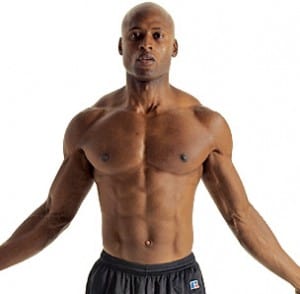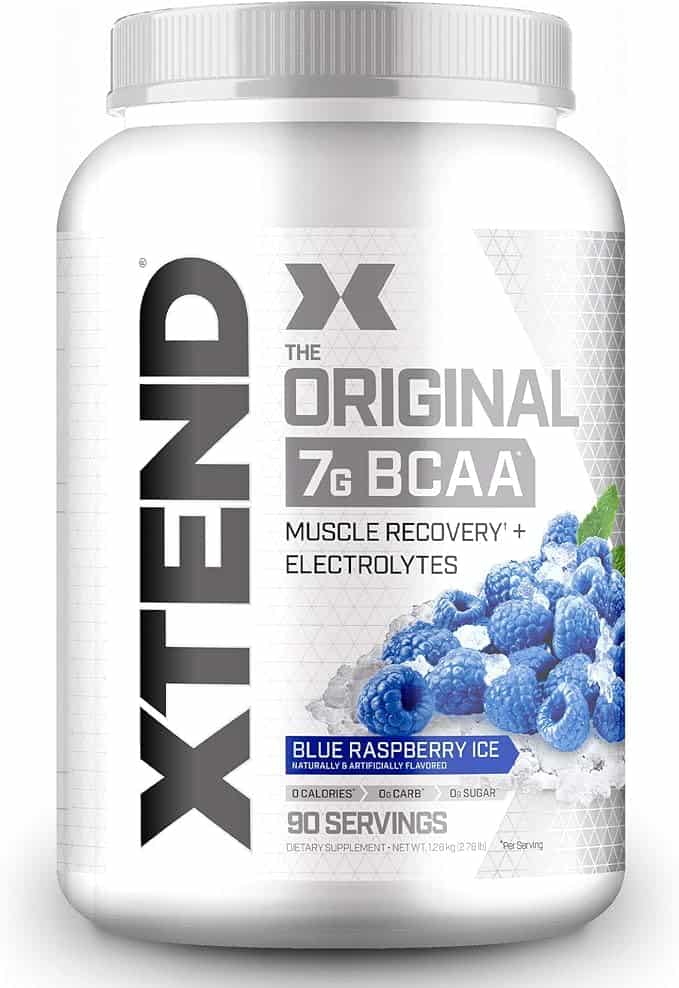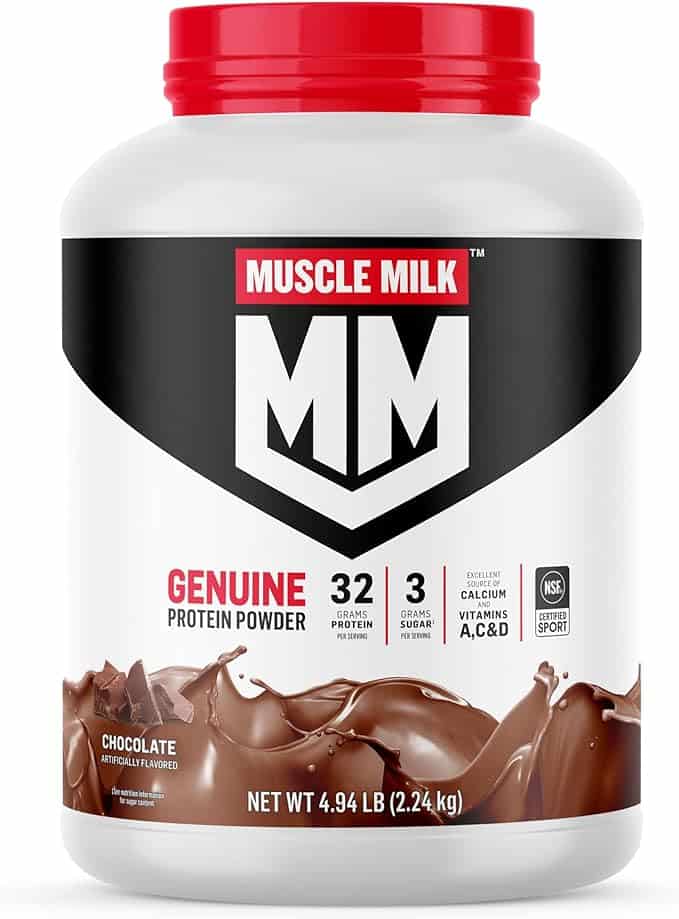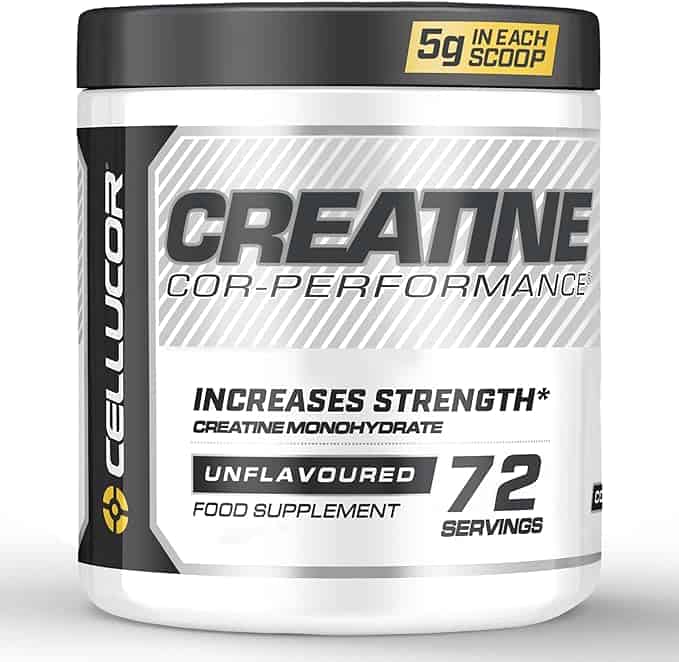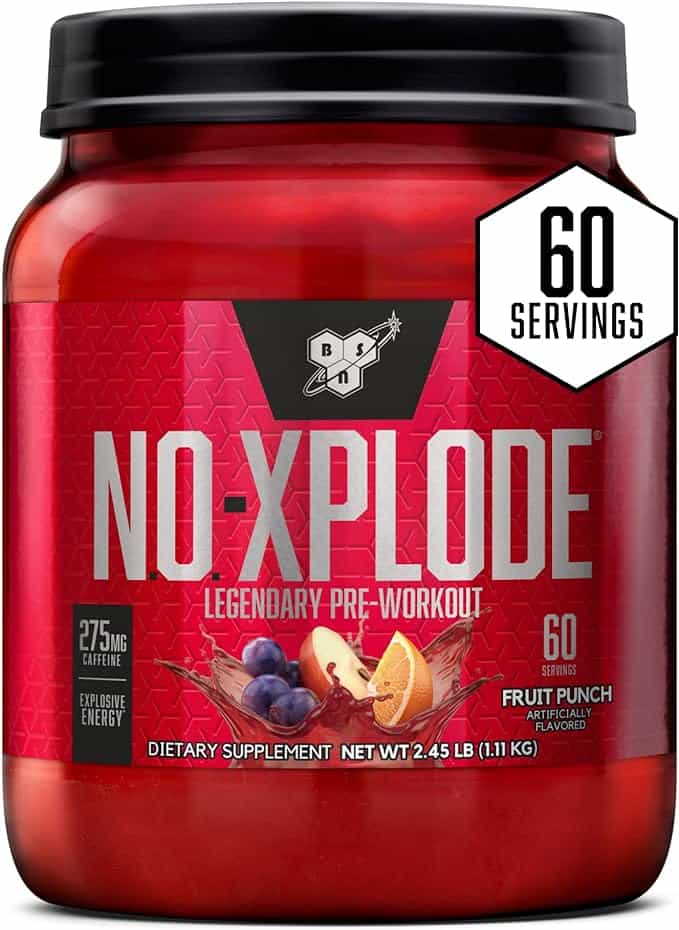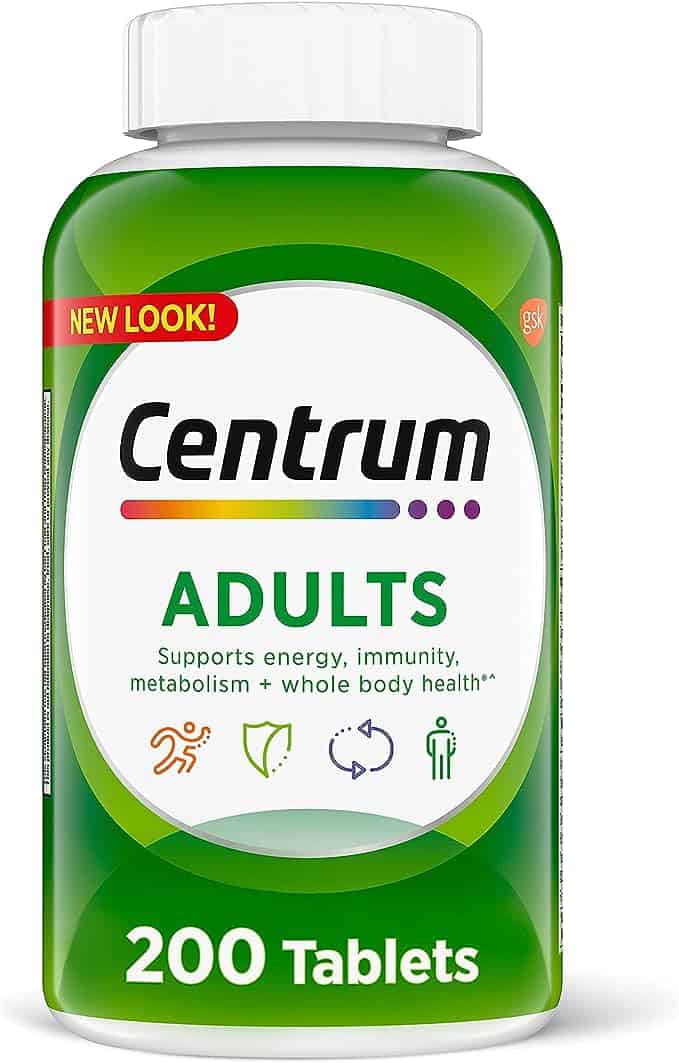Now you can download the Full Body Plus HIIT for Fat Loss workout routines in Excel spreadsheet format. You can use these files to print out the routine and take it to the gym on a clipboard, keep track of your progress on the computer, or both.
The Full Body Plus HIIT Fat Loss Routine for Men can be found here:
Click this link to go to the download section of the post so you can download your spreadsheet!
The Full Body Plus HIIT Fat Loss Routine for Women can be found here:
Click this link to go to the download section of the post so you can download your spreadsheet!
I made some changes to the programs as well. Going through them I realized that there will almost always be time to complete those optional sets at the end of the routine, so I made the “e” exercises mandatory and added an additional abdominal exercise to make a super-set.




